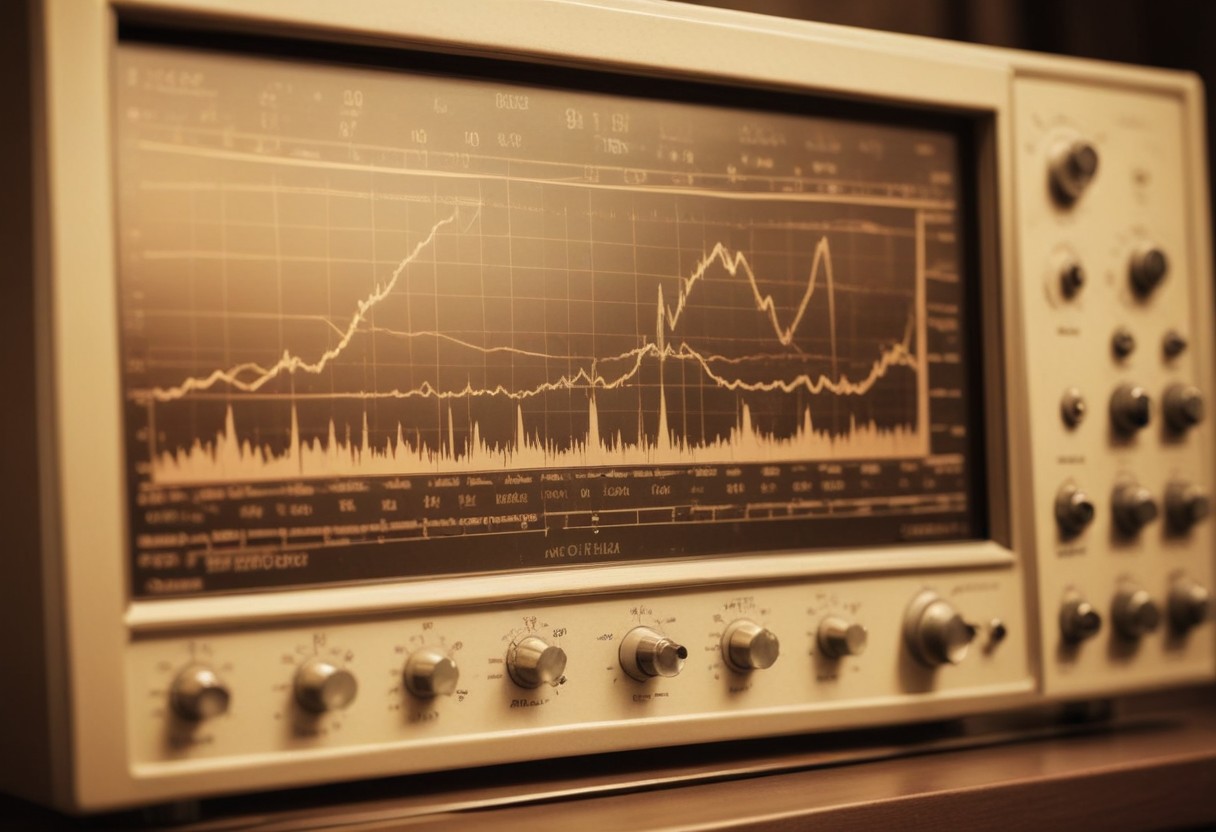Being in charge of a construction site means not just delivering work on time and within budget, but also ensuring that the process does not get in the way of local environmental initiatives and the health and safety of residents.
Some of the most valuable tools in site management revolve around the things we cannot see. Air quality and airborne pollutants can be measured using handheld or large monitoring tools, while vibration monitors help to understand where a vibration is coming from and how it impacts both the site and neighbouring residences.
In this article, we’re sharing three of the most common uses of a vibration monitor on a construction site, so that you can see how it’s linked with productivity and efficiency as well as the experience of both site workers and nearby residents.
1. Locate a fault in a complex system
One of the lesser-known – but incredibly beneficial – uses of a vibration monitor is to identify and isolate damage in a mechanical system, device, or tool.
While not all vibration is caused by something which is broken or damaged, if you think that something is going wrong somewhere in a system then monitoring the vibration levels can help to isolate the issue.
A broken or detached component in a mechanical device will often cause a vibrating sound as it moves – drawing your attention directly to the problem area. This in turn makes it easier to fix a problem before it causes lasting damage.
2. Monitor and manage excessive noise
Vibration monitors have the power to both identify the source of vibration and monitor how loud the corresponding noise is – allowing site managers to keep any noise within the agreed regulations for construction work and reduce the risk of irritation or disruption for neighbouring workplaces and residences.
By monitoring vibration levels and any subsequent noise issues, site managers can also take the steps required to mitigate the issue – by acknowledging where and when it is produced, and determining the best course of action to fix any issues.
3. Protect operational systems and processes
For this point, we need to look back at point one which was all about identifying damaged components in a mechanical device.
Not only does being able to identify these issues help to get devices and tools fixed more quickly, but it also ensures efficient productivity by reducing the downtime of mechanical and electrical components. When something is damaged, operational output is interrupted – and as many site managers and construction workers already know, the impact this has on timelines and costs can be colossal.
Using a vibration monitor helps to keep engines and mechanical components working at their optimum level, drawing attention to issues before they start to impact costs, deadlines and more.
For more information on vibration monitoring tools and to identify the best equipment for your site or project, get in touch with your local supplier.

